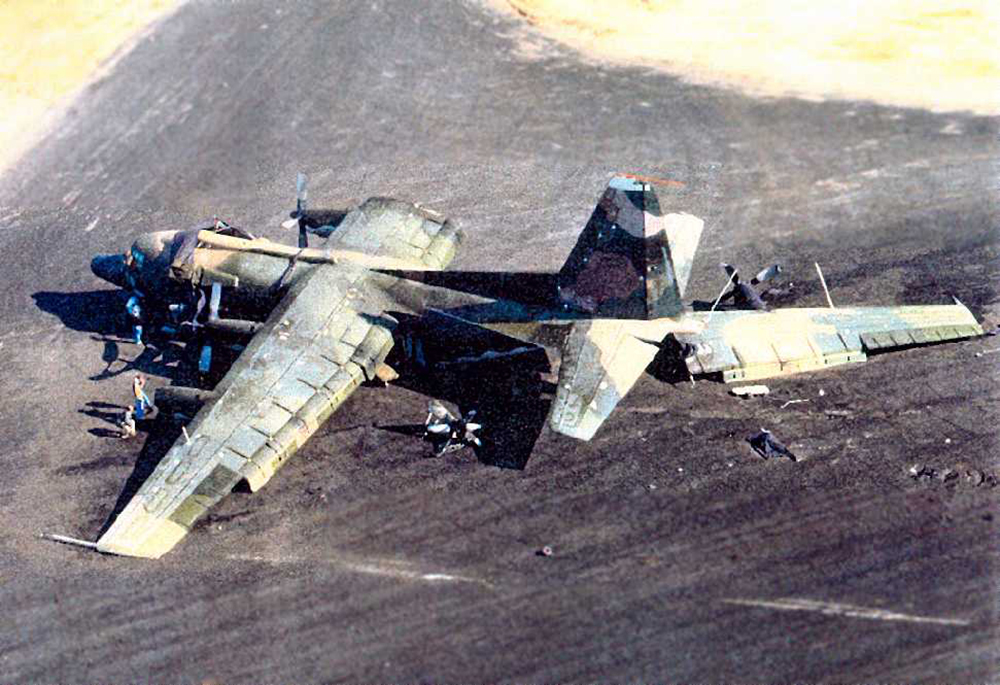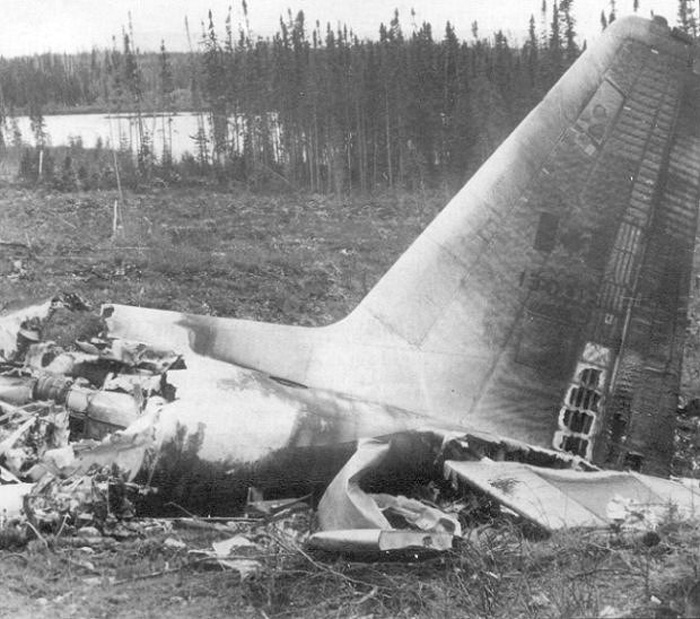Crash of a Lockheed L-382E-27C Hercules near San Juan
Date & Time:
Apr 24, 1981
Registration:
FAP396
Survivors:
Yes
MSN:
4450
YOM:
1972
Crew on board:
0
Crew fatalities:
Pax on board:
0
Pax fatalities:
Other fatalities:
Total fatalities:
0
Circumstances:
En route, the crew was forced to attempt an emergency landing due to fuel exhaustion. The airplane crash landed in an open field and was damaged beyond repair. There were no casualties.
Probable cause:
Forced landing attempted due to fuel exhaustion.












